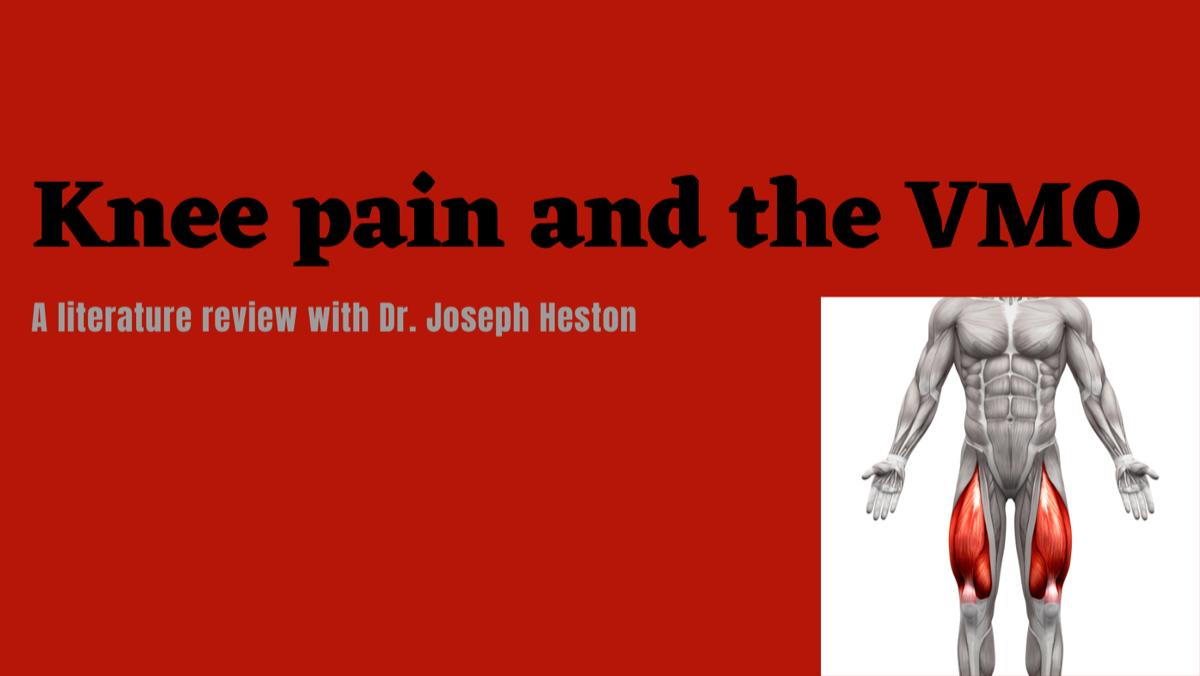
It’s no secret that my favorite tool to play around with in our office is our diagnostic ultrasound machine. I often spend some of my free time attending seminars and/or looking up research papers to help me find more practical uses in our clinic and for patient care to incorporate our ultrasound machine. This has led me to come across this article not too long ago discussing a likely underdiagnosed cause of anterior knee pain.
The large muscle group of the front of your thigh is often collectively referred to as the quad or quadriceps or (if you like Latin) quadriceps femoris. This complex of muscles all has roughly the same job in being able to straighten the leg known as knee extension and knee stability. The four muscles consist of (get ready for more Latin) vastus medialis, vastus intermedius, vastus lateralis, and rectus femoris.
One unique bit of trivia is that while the muscle fibers in all 4 muscles are generally in the same orientation, which makes sense because they are all doing the same job, there is a small portion of the inferior vastus medialis that has muscle fibers that run oblique to the other fibers in a different direction. This location has been named the vastus medialis oblique (VMO) and has been somewhat controversial in the past with most anatomists arguing it does nothing significantly different from the other quad muscles and many radiologist and physicians attributing new conditions or syndromes associated with the inactivation of it.
This article used MRI and diagnostic ultrasound to try and assess what dynamic advantages the VMO has in functional assessment of the knee and what findings are present in symptomatic vs. asymptomatic patients. What they found is the important of the VMO on “locking” and “unlocking” the patellofemoral joint with knee extension and flexion, respectively. Inactivation of VMO prevents the patella from moving medial or sliding toward the middle during knee extension which can cause impaction or jamming of the lateral or outside part of the patella hitting part of the front of the femur. Over time this continued jamming can lead to the formation of degenerative osteoarthritis, patellar tendon thickening, and in severe cases lateral dislocations of the patella.
This syndrome is now collectively known as Lateral Patellar Tracking Syndrome and is one of the things I can now routinely assess for on diagnostic ultrasound. I can evaluate for the thickness of the VMO and to check for activation of the muscle with knee extension on dynamic assessment. We can visualize the atrophy present in patients with anterior knee pain and/or patellofemoral arthrosis additionally with looking for other findings of VMO inactivation.
This article furthers goes on to emphasize that practitioners should begin utilizing this as a measure to detect early lateral patellar tracking before the formation of osteoarthritis begins and to begin VMO activation exercises including terminal knee extensions as soon as findings are present.
Citation: Sawy MME, Mikkawy DMEE, El-Sayed SM, Desouky AM. Morphometric analysis of vastus medialis oblique muscle and its influence on anterior knee pain. Anat Cell Biol. 2021;54(1):1-9. doi:10.5115/acb.20.258
